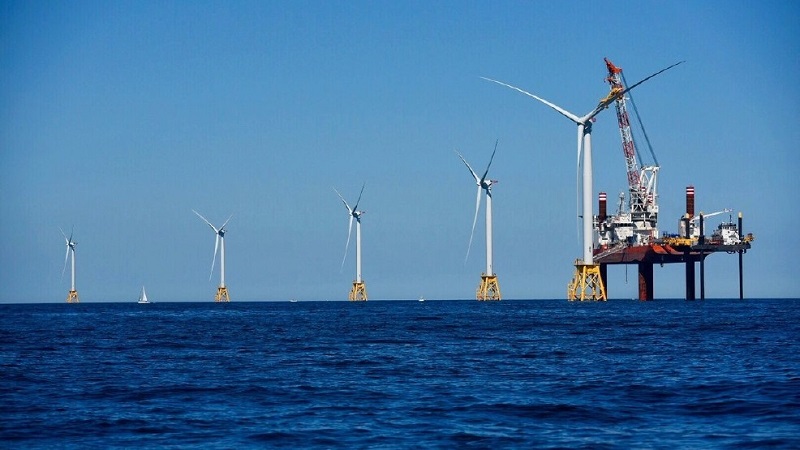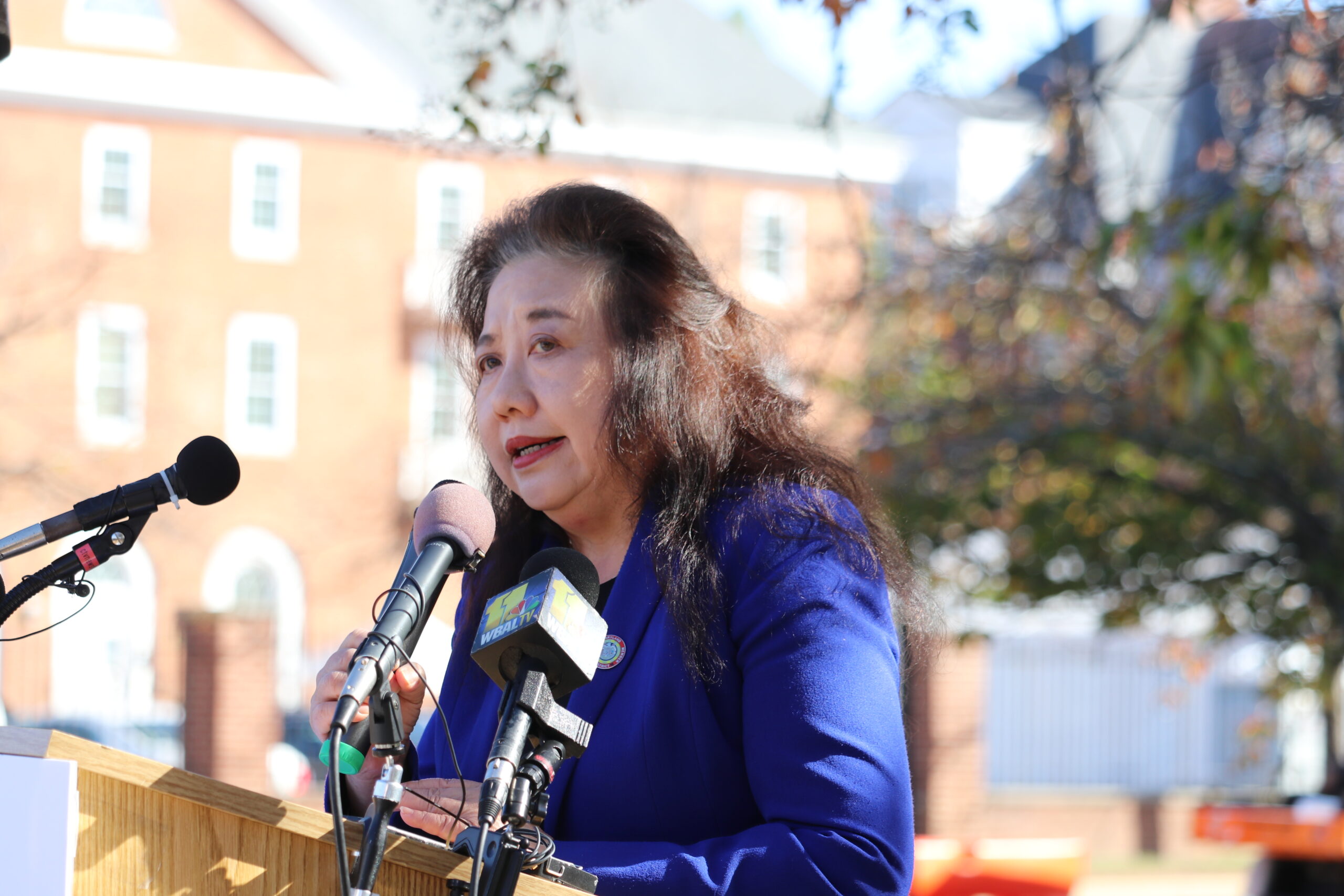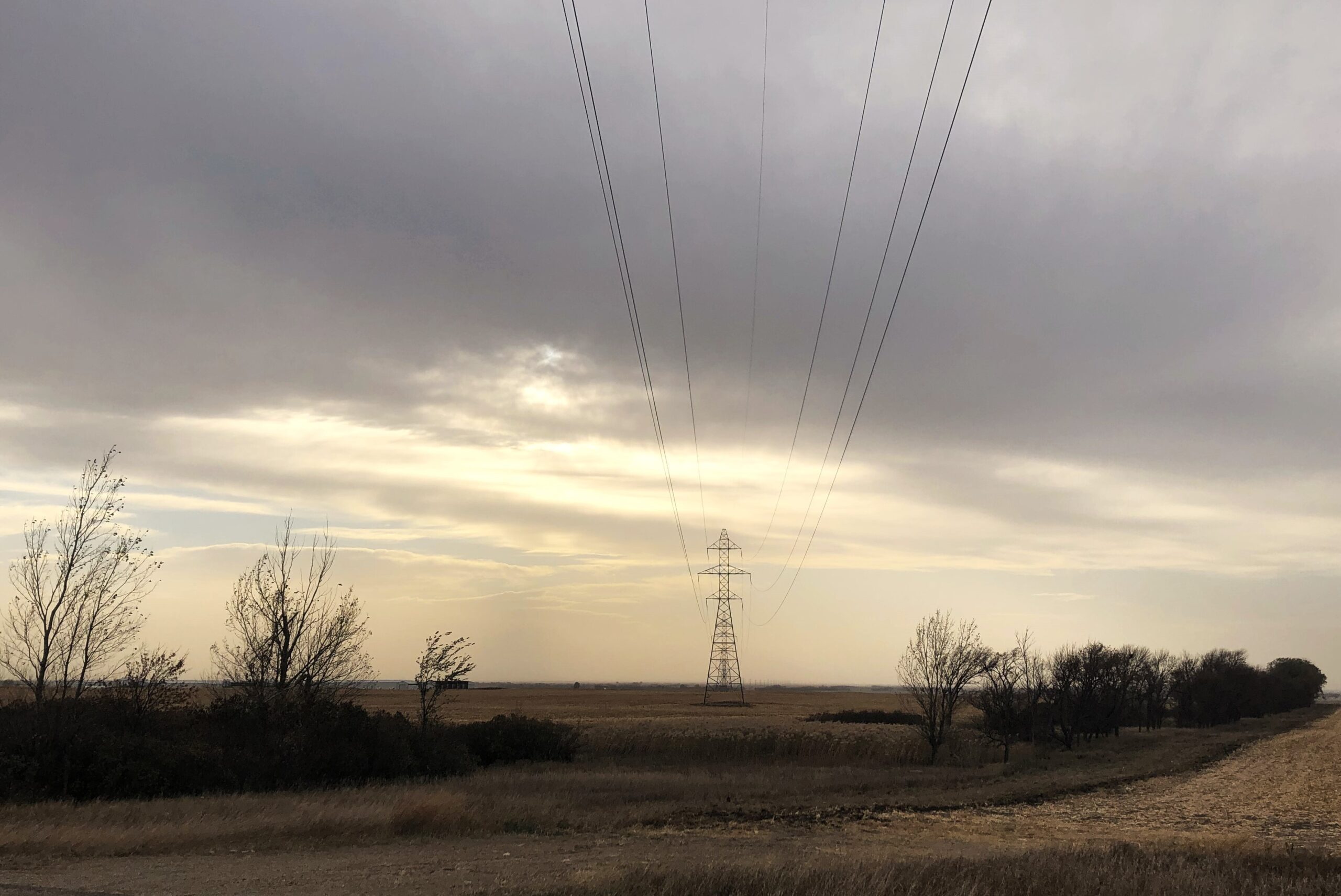State Greenlights Two Companies to Expand Offshore Wind Energy

When the Maryland Public Service Commission in 2017 awarded leases to two offshore wind energy companies to erect turbines off the coast of Ocean City, rather than one, it was something of a surprise ― including to the energy developers themselves.
So it probably shouldn’t have been a surprise when the PSC on Friday awarded the same two companies leases for the second phase of the offshore wind development, instead of picking one over the other.
Maryland’s offshore wind portfolio is poised to grow substantially following the PSC decision to award offshore wind renewable energy credits to the two developers, who collectively have proposed more than 1,600 megawatts of new energy to be built off the coast of Maryland.
“The commitments announced today re-position Maryland as an offshore wind leader and cement the state’s status as a major manufacturing hub for the U.S. offshore wind industry,” Liz Burdock, president and CEO of the Business Network for Offshore Wind said Friday.
The PSC decision allows the two companies ― US Wind, Inc. and Skipjack Offshore Energy, LLC ― to proceed with their expansion plans in federal waters off of Ocean City. US Wind is permitted to build 808.5 megawatts of new energy while Skipjack was awarded 846 megawatts. The proposed new projects are in addition to the 368 megawatts of offshore wind already being developed by both companies off Maryland’s shore.
The PSC decision begins to fulfill the provisions of the Clean Energy Jobs Act of 2019, which increased Maryland’s Renewable Energy Portfolio Standard goals to 50% by 2030 and expanded capacity for offshore wind energy to at least 1,200 megawatts. The law contains a mandate for providers of electricity in Maryland to buy 2.5% of their supply from offshore wind generation.
Even so, it could still be years before the 800-foot wind turbines appear in the Atlantic off the coast of Ocean City.
>>RELATED: Winds of Change: Source of Power and Struggle
Still, state officials touted the economic benefits of the new projects ― they estimated they would yield almost $1 billion in additional in-state spending and create more than 10,000 jobs in Maryland ― as well as the impact they would have on the state’s ability to combat climate change.
“The effects of climate change are real and, with its more than 3,000 miles of tidal shoreline, Marylanders are especially vulnerable,” Jason M. Stanek, the PSC chair, said in a statement. “That’s why it is important for the commission to take this action that will put our state on a path of deeper decarbonization and help Maryland achieve its aggressive clean energy goals — the residents of our state and region deserve no less.”
Environmental groups hailed the news.
“These projects will harness the ocean wind to generate a significant amount of emission-free electricity to power homes and businesses,” the Maryland League of Conservation Voters, Sierra Club Maryland and Chesapeake Climate Action Network said in a joint statement. “These kinds of projects are critically important in our efforts to reduce greenhouse gas emissions and do our part as a state to address climate change.”
US Wind and Skipjack were the only bidders for the second phase of offshore leasing, though each made more than one bid. The proposals were evaluated on a number of criteria, PSC officials said, including impacts to customer electric bills, Maryland’s health, environmental and climate interests — including greenhouse gas emissions reductions — and economic development benefits to the state.
After conferring with consultants, the commission determined that the second-round projects can be built without major increases in ratepayers’ electric bills.
The PSC’s approval obligates the companies to use port facilities at the Tradepoint Atlantic industrial development in Baltimore County, and in the Ocean City area, for operations and maintenance activities. US Wind must hold to its commitment to develop a monopile construction facility at Sparrows Point, while Skipjack will need to fulfill its plan to build subsea cable and turbine tower manufacturing facilities in Maryland, and invest in upgrades at an Eastern Shore steel components company.
Skipjack plans to site its turbines about 20 miles off the Maryland coast; US Wind says its closest turbines would be 15 miles off the coast. Ocean City officials have continued to ask that the PSC require all turbines to be located at least 30 miles from shore, but the commission declined to take that step because the projects are located in federal waters. But the commission said it is requiring both developers to use the best commercially-reasonable efforts to minimize the daytime and nighttime viewshed impacts of the projects.
Even with the latest PSC decision, there are other hurdles the state’s wind energy industry must clear. The first and second phases of the wind energy projects still await approval from the U.S. Department of the Interior’s Bureau of Ocean Energy Management. The Biden administration, which is promoting renewable energy development on a variety of fronts, has vowed to expedite the approval process. Turbines are unlikely to appear off the Maryland coast until at least 2025.





 Creative Commons Attribution
Creative Commons Attribution